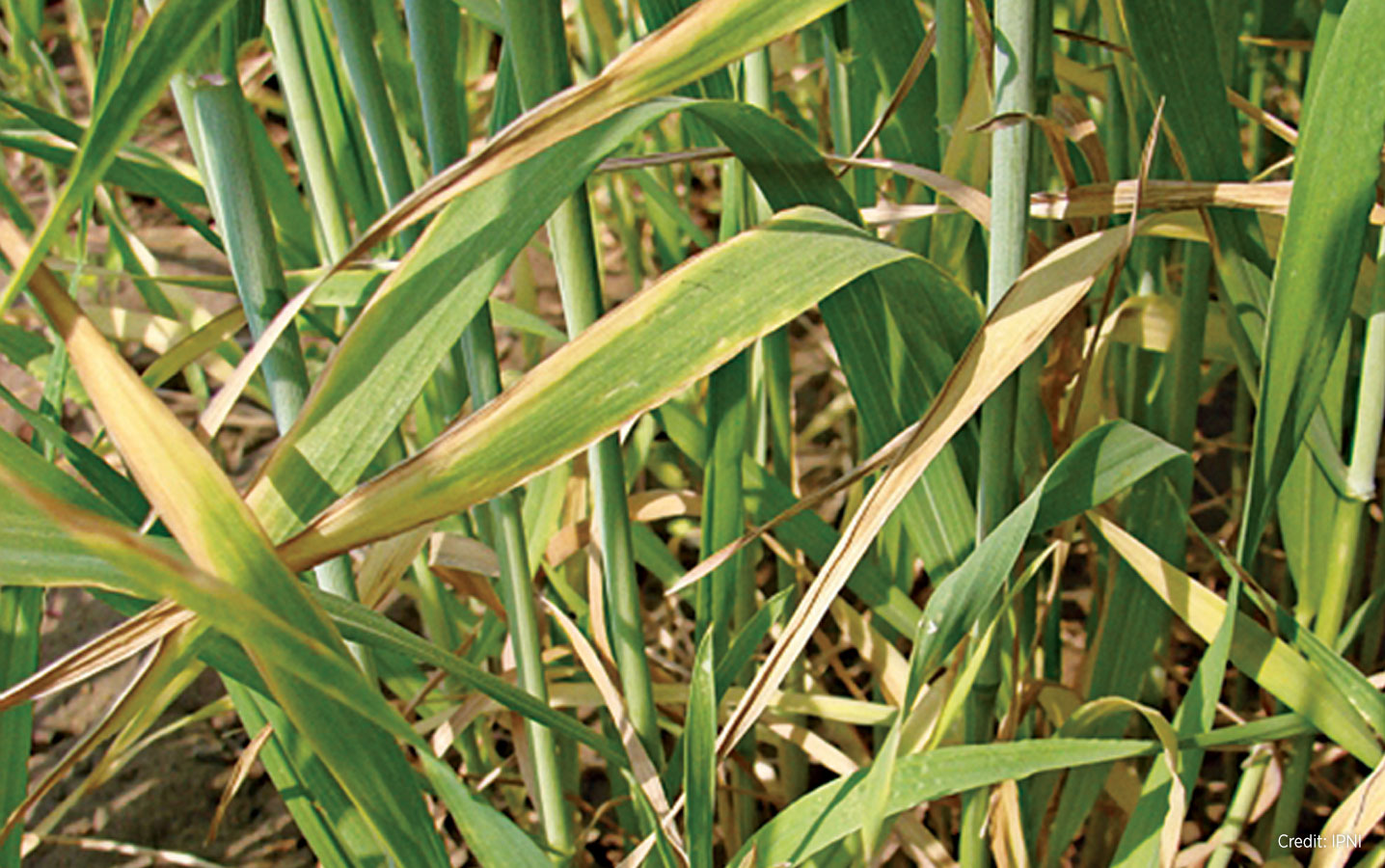Science
Potassium deficiency shows first in cereals

Most canola crops grown in Western Canada are not short of potassium because most Prairie soils have sufficient potassium levels. Sandy soils with low clay content are most likely to be short of potassium, especially if those fields have been in forages where a large percentage of the biomass is removed each year. Cereals in...
Read More



